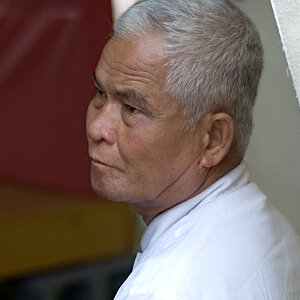goddess_gagged
TPF Noob!
- Joined
- May 9, 2008
- Messages
- 10
- Reaction score
- 0
- Can others edit my Photos
- Photos NOT OK to edit
I'm researching to purchase a camera for the company I work for. It's main purpose will be for shooting products (specifically cast iron / bronze statues, and furniture). These will eventually make their way to print and/or a website.
I'm not sure what to look for in a digital SLR when it comes to this type of photography. The budget will be $1000 to $2000, but less is always better if I can get something that works well.
What I've been told to look for is something relatively easy to use (I won't be here after August so someone else will be taking over) and, if possible, stores the photos as TIFF files right off the bat. I would also imagine that a fairly high MP would be good considering these will be printed in catalogues, brochures, etc.
I'm also not adverse to getting an extra lens if it will make a difference. Thanks for any help!
I'm not sure what to look for in a digital SLR when it comes to this type of photography. The budget will be $1000 to $2000, but less is always better if I can get something that works well.
What I've been told to look for is something relatively easy to use (I won't be here after August so someone else will be taking over) and, if possible, stores the photos as TIFF files right off the bat. I would also imagine that a fairly high MP would be good considering these will be printed in catalogues, brochures, etc.
I'm also not adverse to getting an extra lens if it will make a difference. Thanks for any help!



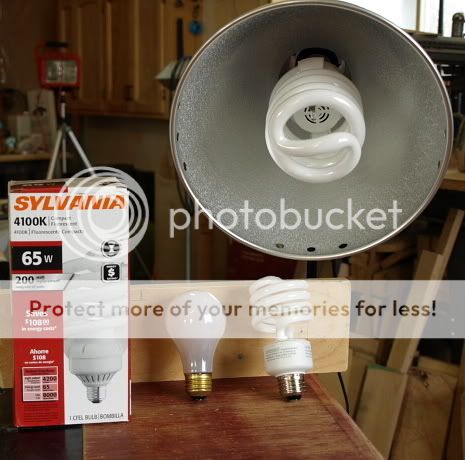
![[No title]](/data/xfmg/thumbnail/30/30987-a33ca8e90b5d786c21e59d37945b9cc6.jpg?1619734552)
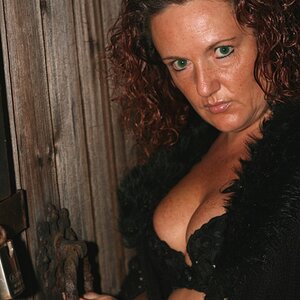
![[No title]](/data/xfmg/thumbnail/37/37536-3578b4f283f738d862be62d896fa52d5.jpg?1619738132)
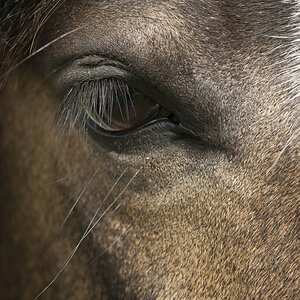
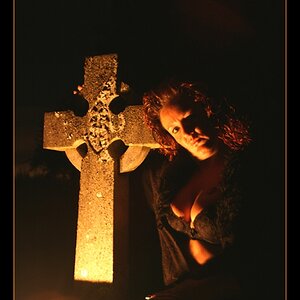
![[No title]](/data/xfmg/thumbnail/30/30988-aef3845b94a67d6dcce6e4e59d5d66c3.jpg?1619734553)

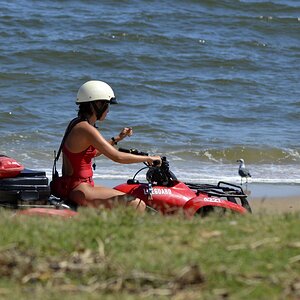
![[No title]](/data/xfmg/thumbnail/30/30989-2ed4e52fa80fcd0ba553c515ffc589cd.jpg?1619734553)
![[No title]](/data/xfmg/thumbnail/30/30991-43abf4dfee0a54010692c71c43f40981.jpg?1619734555)

